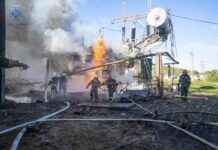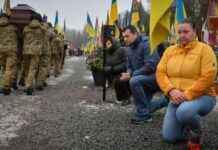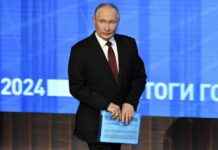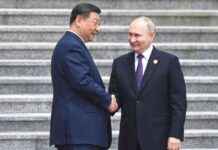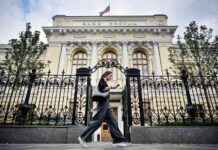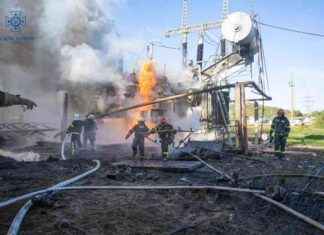Russia’s Secret Bank Funding: Can Economy Survive War Costs? Implications for Ukraine
A groundbreaking investigation by former Bank of America Merrill Lynch vice chairman Craig Kennedy has uncovered Russia’s hidden war spending through secret bank loans, revealing a financial time bomb that could have far-reaching implications for both Russia and Ukraine’s futures.
Russia’s Hidden War Costs Revealed
Kennedy’s analysis exposed a hidden financing scheme where Russia forced banks to provide $210-250 billion in loans to military contractors since 2022, surpassing the nation’s official defense budget and oil and gas revenues. This secretive funding method has strained Russia’s economy and could jeopardize its ability to sustain the ongoing war.
The Unraveling of Russia’s Financial Scheme
The forced loans to defense companies, even financially unstable ones, created a surge in corporate borrowing and increased corporate debt to 19.4% of Russia’s GDP. This risky lending strategy has raised inflation, caused financial distress among businesses, and set the stage for a potential credit crisis that could require government intervention.
Implications for Russia’s Economy
With banks facing cash shortages and high risks due to the preferential lending scheme, the potential cost of bailing out failing companies could equal half of Russia’s 2024 federal budget. This financial weakness could lead to widespread bankruptcies, weakening the nation’s economic stability and its position in peace talks related to the Ukraine war.
Ukraine’s Unexpected Leverage
Russia’s hidden financial vulnerabilities provide Ukraine with unexpected leverage in negotiations. As Russia grapples with economic pressures to end the war, Ukraine and its allies can use this knowledge to maintain pressure on Moscow and avoid making unnecessary concessions. Former Russian Deputy Energy Minister Milov has even warned Putin of the risks of economic collapse if the war continues beyond 2025.
Kennedy’s report calls for Western allies to maintain unity and demonstrate superior resources to pressure Russia into reconsidering its war strategy. It also suggests tying sanctions relief to a comprehensive peace settlement, including reparations, to prevent Russia from using relief to bail out its hidden war debt.
In light of these revelations, the future of the Ukraine war and Russia’s economy hang in the balance, with potential shifts in geopolitical dynamics and negotiation strategies on the horizon. The question remains: Can Russia’s economy survive the escalating costs of war, or will its hidden financial vulnerabilities lead to a significant economic downturn with far-reaching consequences?

